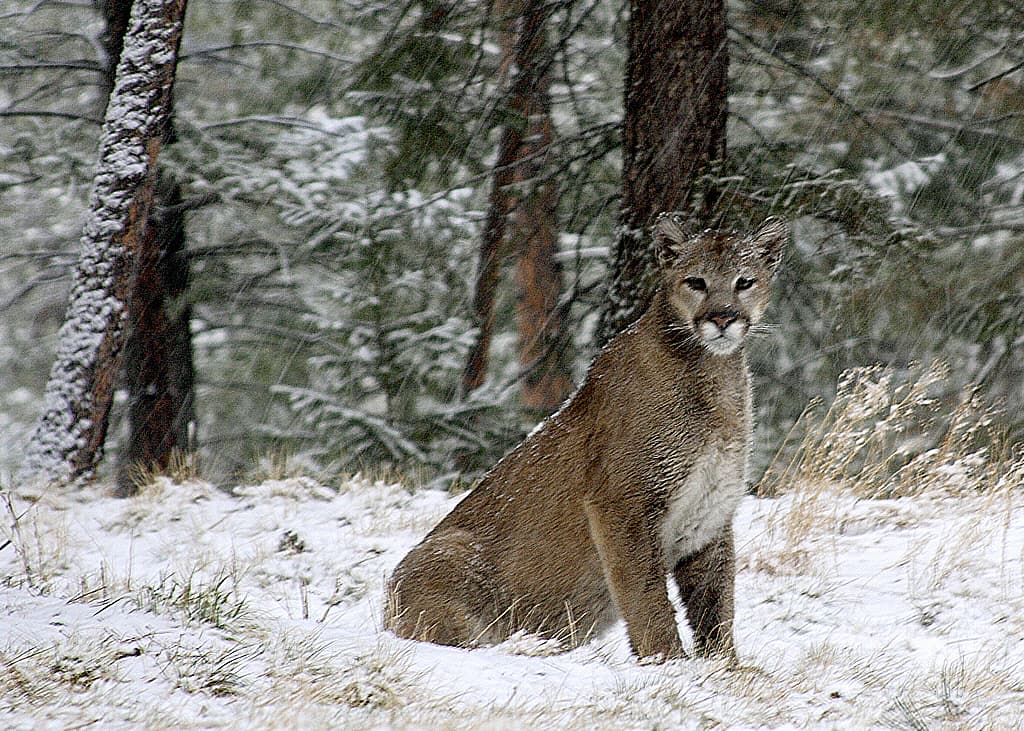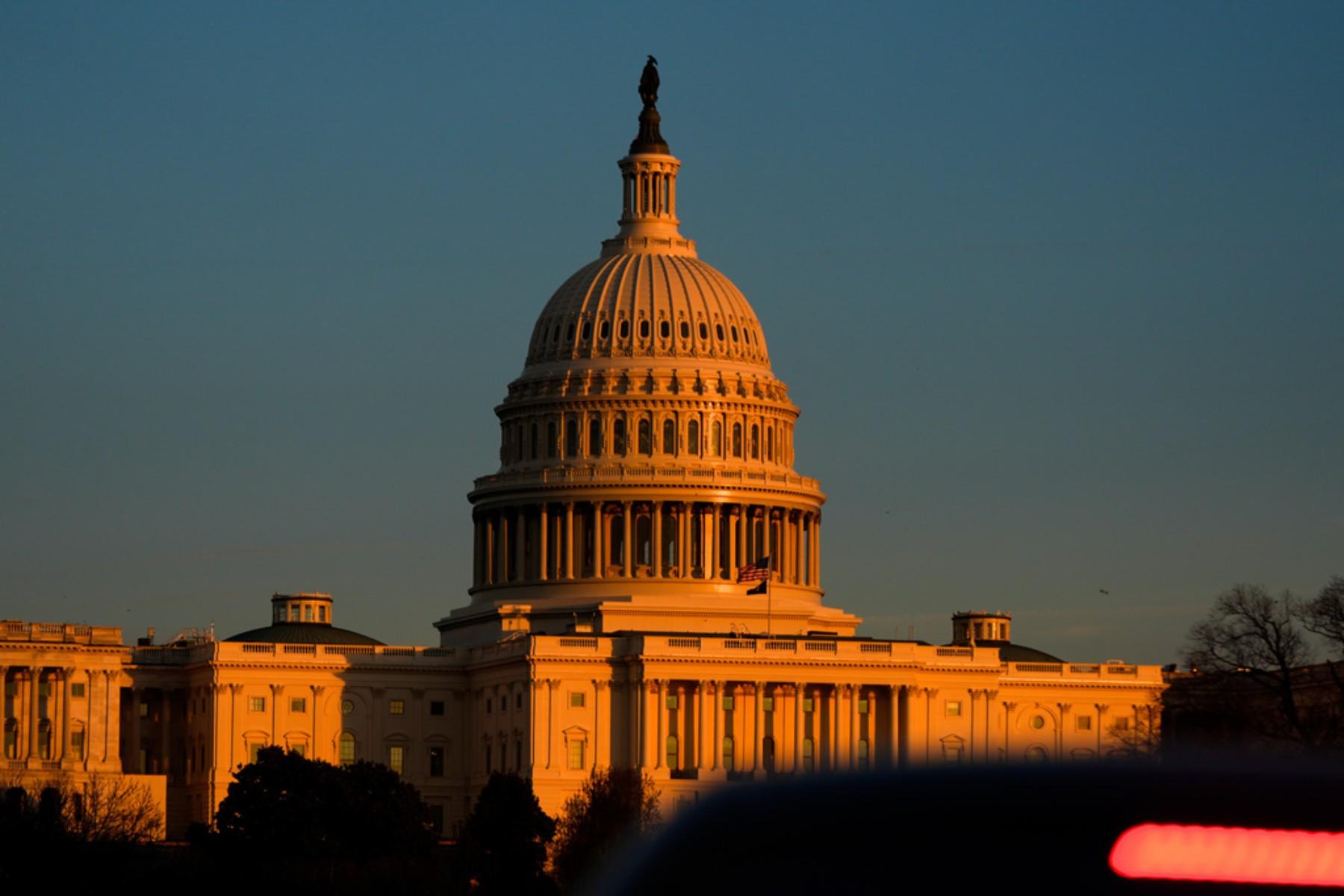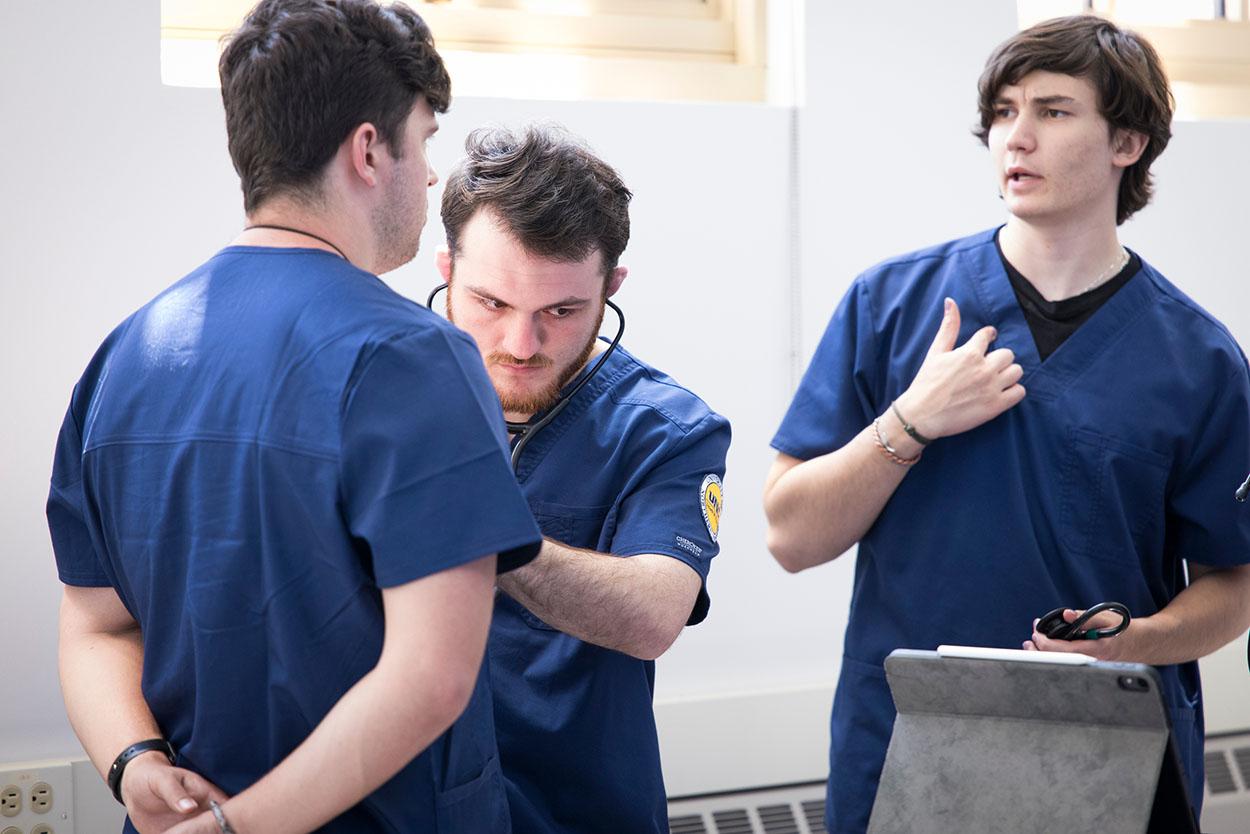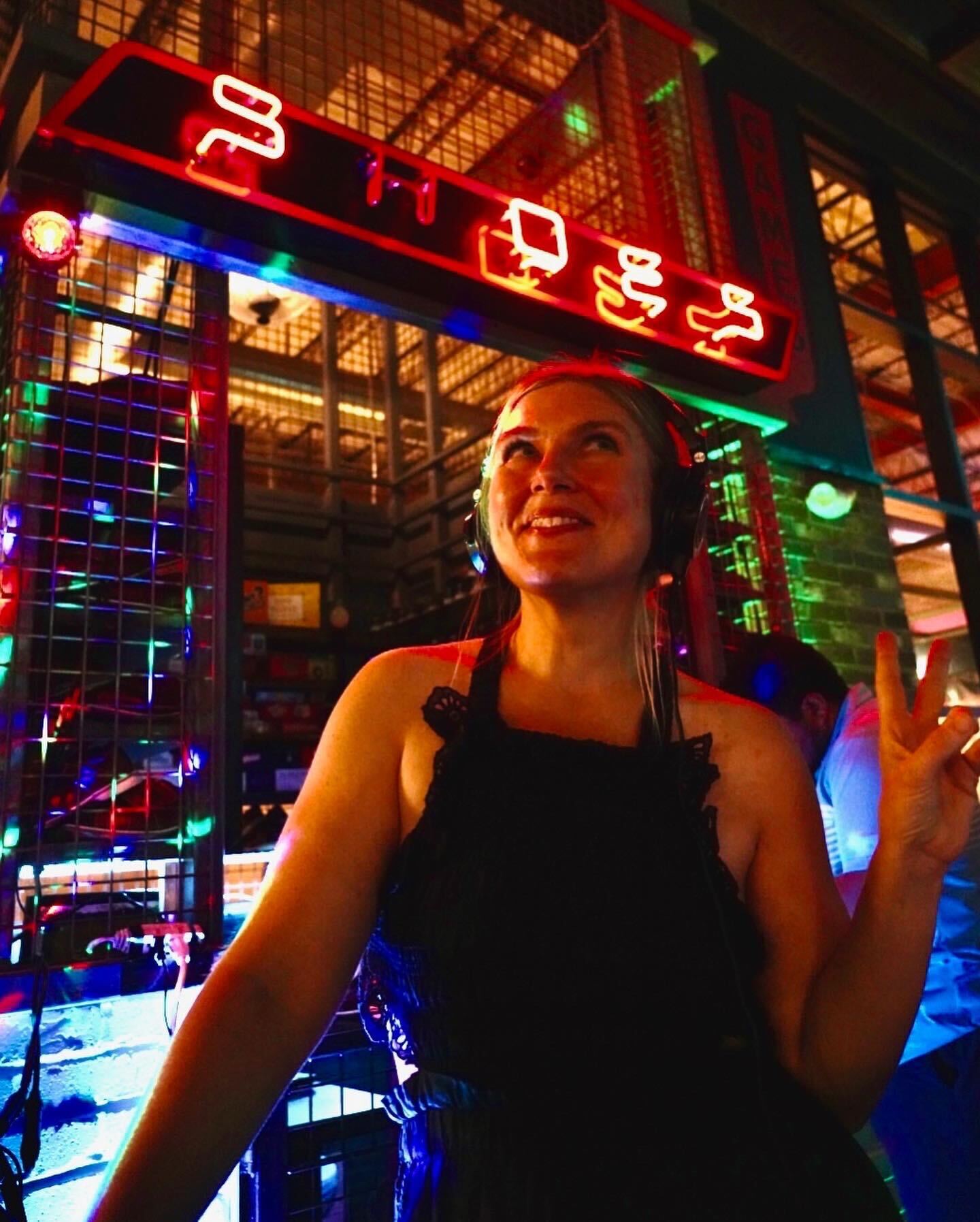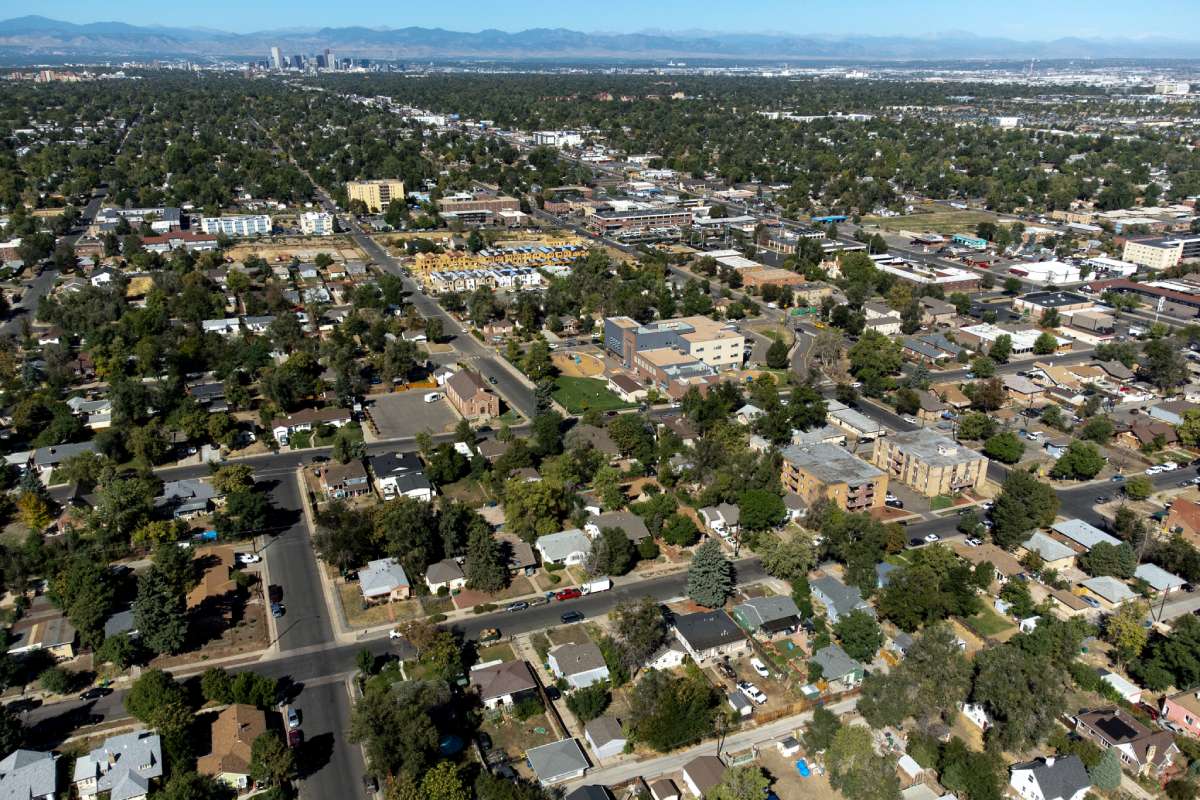
Updated at 12:53 p.m. on Wednesday, July 16, 2025.
The state's population growth has declined by nearly 53% in the past 10 years, according to a new report released by the Common Sense Institute, a non-partisan research organization. The study measured net migration, which is the difference between people moving into the state and people leaving.
Nearly 40,000 fewer people moved to Colorado in 2025 than previous years.
The study ran from 2015 to 2025. It links the drop in migration to a number of issues facing Colorado, namely slowing economic growth, and suggests it could be due to “rising housing costs and reduced affordability.”
The report suggests that this deceleration is linked to both a decrease in people moving to the state and an aging population, “both of which pose risks to the state’s labor force capacity and overall economic dynamism.”
Kate Watkins, the Colorado state demographer, said, “In many ways it’s not surprising that we would see a slowdown in net migration in more recent years given that we had the pandemic, recession, and a slowdown in economic activity overall.”
But she expressed caution when using 2015 as a baseline, because it was an abnormally high year for net migration into the state in recent decades. “When comparing anything since the year 2000 to 2015, you’re going to see lower net migration,” she said.
Colorado’s largest and fastest-growing population is people 65 and older. By 2030, the state will see about 40,000 retirees per year. As they retire, the amount of people joining the labor force decreases, marking concerns for talent shortfalls and the difficulty of meeting workforce demands.
The report said that job growth is projected to increase by only 1.2% this year.
Denver hit the hardest
Denver is “stuck in the slow lane,” according to the report. According to the Denver Primary Metropolitan Statistical Area (PMSA), 66% fewer people moved to the area over the last decade. Colorado Springs also saw a dramatic decrease, at nearly 29%.
The report added that Denver County’s unemployment rate is slightly above average as of May 2025, at 4.6%, while the national average is 4.2%.
It said that shifting preferences around living in high-density areas and remote work trends may be driving more residents to relocate to the surrounding suburbs outside of Denver, or leaving the region altogether.
Demographer Watkins said the overall trends in the higher number of retirees, and smaller talent pool of workers coming into the state, reflect larger national and international population trends.
The State Demography Office, which works with the national census, defines the Denver area as Adams, Arapahoe, Broomfield, Denver, Douglas, and Jefferson counties.
The report found that the decrease in Colorado, in comparison to commercially and culturally similar cities, is startling. The Denver-Aurora-Lakewood area is the only such area in the nation reported to have a negative percentage change from a 70% increase in inward migration to a major decrease over roughly the past decade.
The report points to the quantity of housing and quality of life as factors for the decrease. Housing affordability has been a pressing issue in Denver for several years.
And according to recent census data, building permits in Denver are on the decline as well, which can signal the decreasing supply in demand for residential housing.
Looking ahead, the report said there is the possibility for a gradual increase in net population, hitting its peak in 2028. That temporary growth could support employment in the service, construction, and tech sectors.
However, the report predicts that the growth won’t last long; 2029 is projected to have a sharp decline, which could impact long-term planning for infrastructure, education, and housing supply.
It recommends that policymakers consider balancing workforce development, housing policy, and regional planning.“State and local policymakers will need to closely monitor these trends and address the root causes driving out-migration,” it reads.
That decline is supposed to gradually continue across the state through 2050.
Editor's note: This story has been updated to include comment from the state demographer on the methodology of the data.

